The KATRIN experiment is closing in on the mass of the neutrino, which could point to new laws of particle physics and shape theories of cosmology.
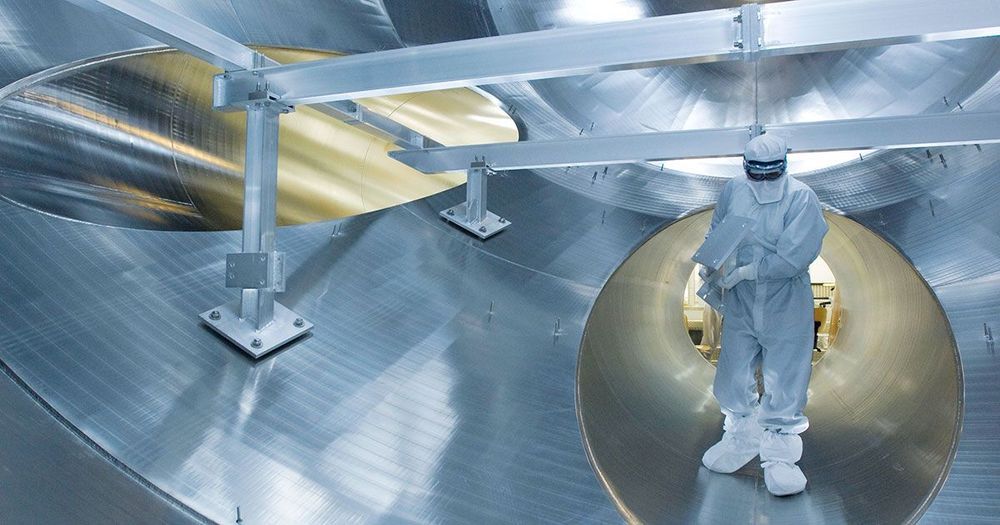

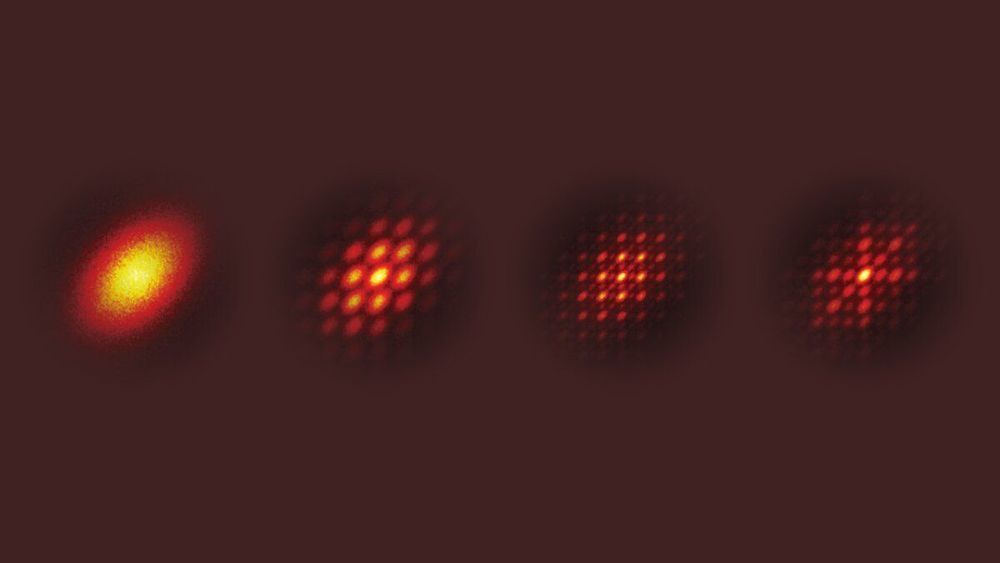
The smallest pieces of nature—individual particles like electrons, for instance—are pretty much interchangeable. An electron is an electron is an electron, regardless of whether it’s stuck in a lab on Earth, bound to an atom in some chalky moon dust or shot out of an extragalactic black hole in a superheated jet. In practice, though, differences in energy, motion or location can make it easy to tell two electrons apart.
One way to test for the similarity of particles like electrons is to bring them together at the same time and place and look for interference—a quantum effect that arises when particles (which can also behave like waves) meet. This interference is important for everything from fundamental tests of quantum physics to the speedy calculations of quantum computers, but creating it requires exquisite control over particles that are indistinguishable.
With an eye toward easing these requirements, researchers at the Joint Quantum Institute (JQI) and the Joint Center for Quantum Information and Computer Science (QuICS) have stretched out multiple photons—the quantum particles of light—and turned three distinct pulses into overlapping quantum waves. The work, which was published recently in the journal Physical Review Letters, restores the interference between photons and may eventually enable a demonstration of a particular kind of quantum supremacy—a clear speed advantage for computers that run on the rules of quantum physics.
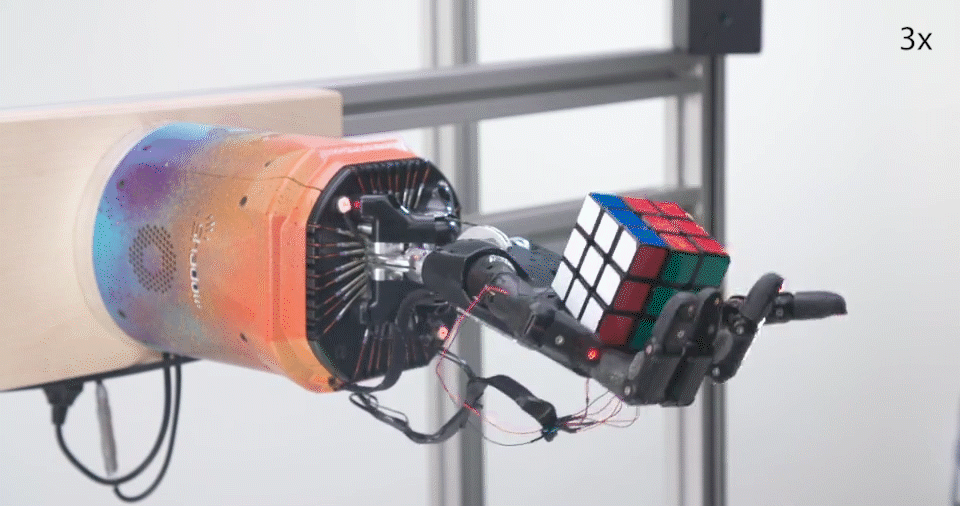
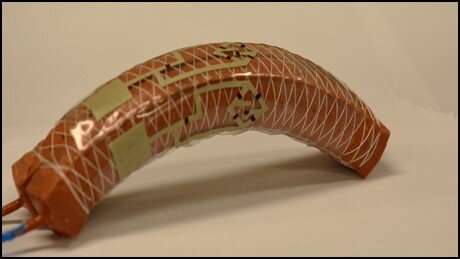
In work that combines a deep understanding of the biology of soft-bodied animals such as earthworms with advances in materials and electronic technologies, researchers from the United States and China have developed a robotic device containing a stretchable transistor that allows neurological function.
Cunjiang Yu, Bill D. Cook Associate Professor of Mechanical Engineering at the University of Houston, said the work represents a significant step toward the development of prosthetics that could directly connect with the peripheral nerves in biological tissues, offering neurological function to artificial limbs, as well as toward advances in soft neurorobots capable of thinking and making judgments. Yu is corresponding author for a paper describing the work, published in Science Advances.
He is also a principal investigator with the Texas Center for Superconductivity at the University of Houston.
Artificial intelligence research organization OpenAI has achieved a new milestone in its quest to build general purpose, self-learning robots. The group’s robotics division says Dactyl, its humanoid robotic hand first developed last year, has learned to solve a Rubik’s cube one-handed. OpenAI sees the feat as a leap forward both for the dexterity of robotic appendages and its own AI software, which allows Dactyl to learn new tasks using virtual simulations before it is presented with a real, physical challenge to overcome.
In a demonstration video showcasing Dactyl’s new talent, we can see the robotic hand fumble its way toward a complete cube solve with clumsy yet accurate maneuvers. It takes many minutes, but Dactyl is eventually able to solve the puzzle. It’s somewhat unsettling to see in action, if only because the movements look noticeably less fluid than human ones and especially disjointed when compared to the blinding speed and raw dexterity on display when a human speedcuber solves the cube in a matter of seconds.
But for OpenAI, Dactyl’s achievement brings it one step closer to a much sought-after goal for the broader AI and robotics industries: a robot that can learn to perform a variety of real-world tasks, without having to train for months to years of real-world time and without needing to be specifically programmed.
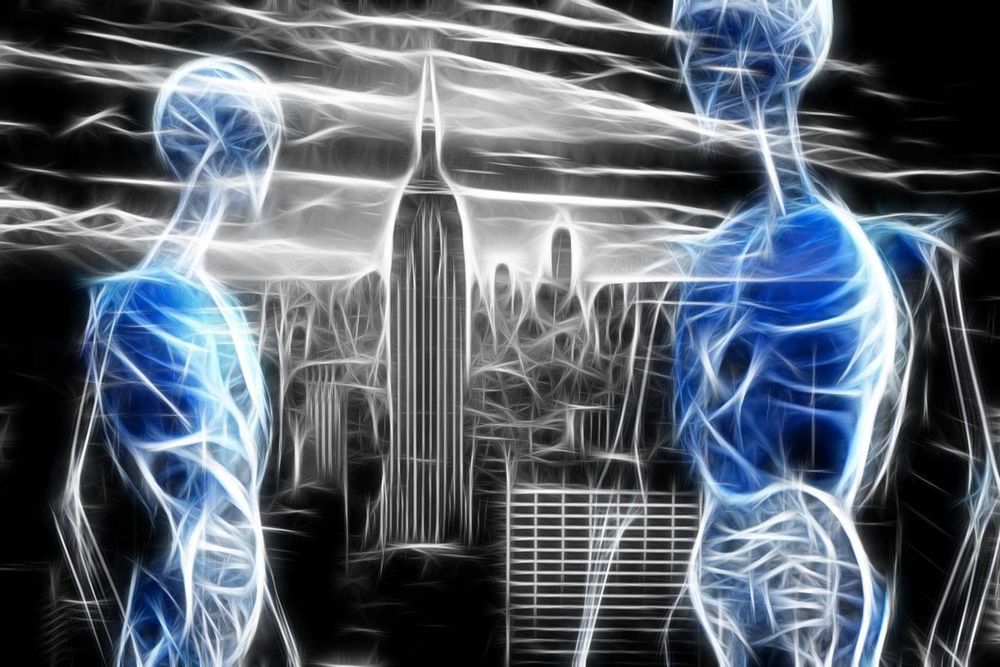
As noted by Dan Ariely, who is a professor of psychology and behavioral economics at Duke University, this “worry that tugs at the corners of our minds is set off by the fear of regret…that we’ve made the wrong decision about how to spend our time.”
Why do such fears rule our day? Perhaps due to the fact that our lives are severely limited, and thus our experiences are confined by an hourglass. Would we reminisce of our past decisions so often if life weren’t so short?
FOMO — the Fear of Missing Out — has been an anxiety of ours since birth. Will our future endeavors provide us a cure or will we continue living and expiring with this constant psychological state?
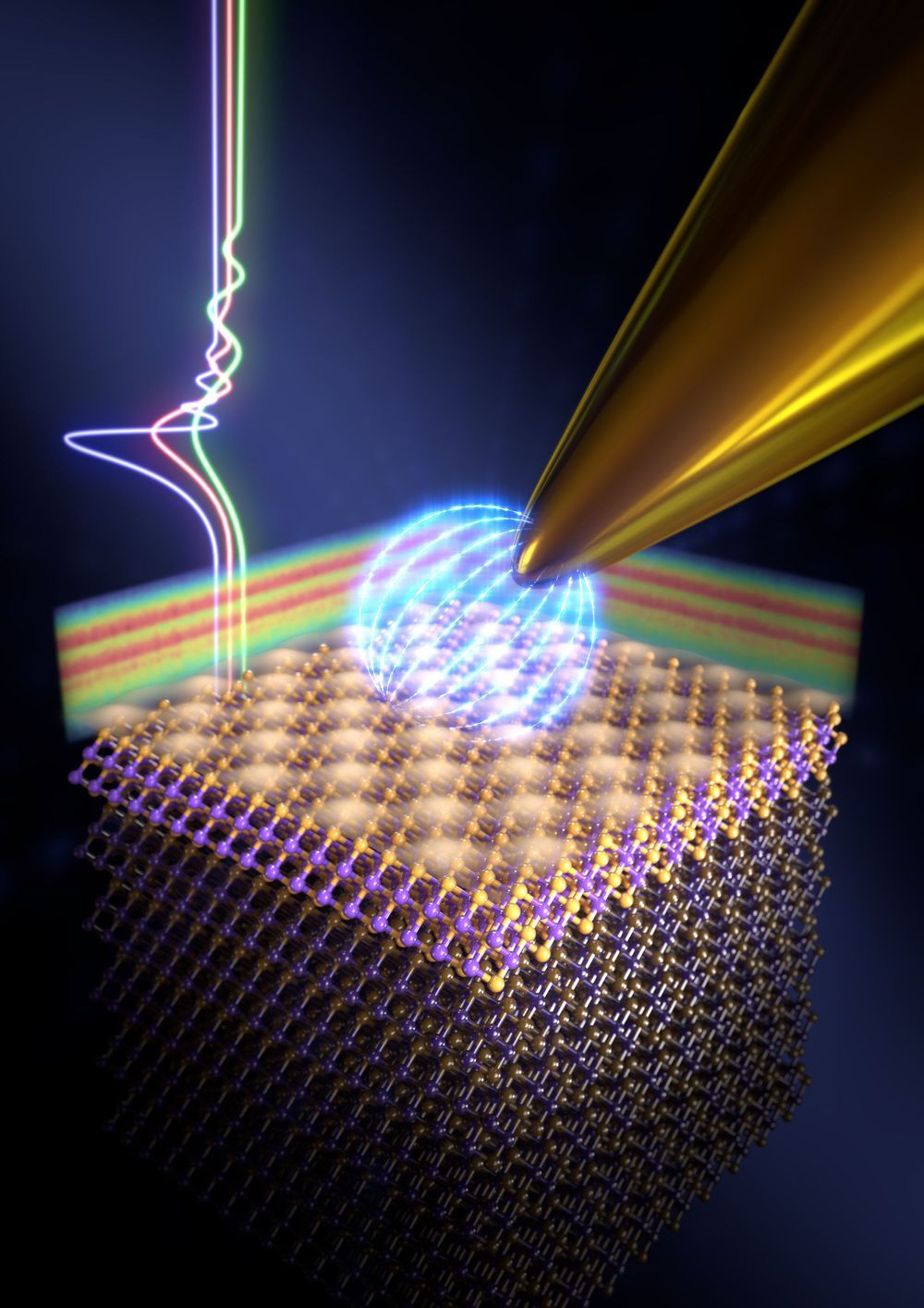
Topological insulators are innovative materials that conduct electricity on the surface, but act as insulators on the inside. Physicists at the University of Basel and the Istanbul Technical University have begun investigating how they react to friction. Their experiment shows that the heat generated through friction is significantly lower than in conventional materials. This is due to a new quantum mechanism, the researchers report in the scientific journal Nature Materials.
Thanks to their unique electrical properties, topological insulators promise many innovations in the electronics and computer industries, as well as in the development of quantum computers. The thin surface layer can conduct electricity almost without resistance, resulting in less heat than traditional materials. This makes them of particular interest for electronic components.
Furthermore, in topological insulators, the electronic friction—i.e. the electron-mediated conversion of electrical energy into heat—can be reduced and controlled. Researchers of the University of Basel, the Swiss Nanoscience Institute (SNI) and the Istanbul Technical University have now been able to experimentally verify and demonstrate exactly how the transition from energy to heat through friction behaves—a process known as dissipation.

US biotechnology company called Bioquark has been given permission to recruit 20 clinically dead patients and attempt to bring their central nervous systems back to life. They hope to eliminate patients’ need to rely on machines by reanimating parts of the upper spinal cord, where the lower brain stem is located, to potentially energize vital body functions like breathing and heartbeats.
Trial participants will have been declared certified dead and kept alive solely through life support machines. “This represents the first trial of its kind and another step towards the eventual reversal of death in our lifetime,” said CEO of Bioquark Inc., Ira Pastor.
The team, who has been granted ethical permission from an Institutional Review Board at the National Institutes of Health in the US and India to begin trials on 20 subjects, is looking to recruit patients for its ReAnima Project as soon as possible.
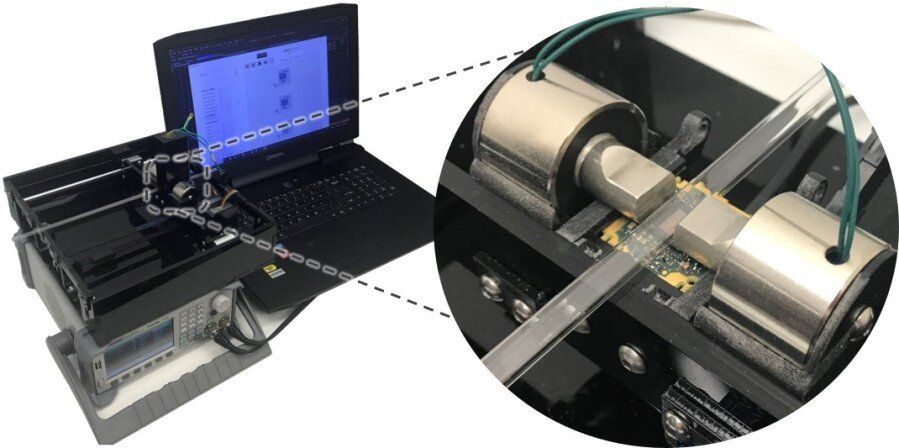
Detection of rare cells in blood and other bodily fluids has numerous important applications including diagnostics, monitoring disease progression and evaluating immune response. For example, detecting and collecting circulating tumour cells (CTCs) in blood can help cancer diagnostics, study their role in the metastatic cascade and predict patient outcomes. However, because each millilitre of whole blood contains billions of blood cells, the rare cells (such as CTCs) that occur at extremely low concentrations (typically lower than 100‑1000 cells per millilitre) are very difficult to detect. Although various solutions have been developed to address this challenge, existing techniques in general are limited by high cost and low throughput.
Researchers at UCLA Henry Samueli School of Engineering have developed a new cytometry platform to detect rare cells in blood with high throughput and low cost. Published in Light: Science and Applications, this novel cytometry technique, termed magnetically modulated lensless speckle imaging, first uses magnetic bead labelling to enrich the target cells. Then the enriched liquid sample containing magnetic bead-labelled target cells is placed under an alternating magnetic field, which causes the target cells to oscillate laterally at a fixed frequency. At the same time, a laser diode illuminates the sample from above and an image sensor positioned below the sample captures a high-frame-rate lensless video of the time-varying optical pattern generated by the sample. The recorded spatiotemporal pattern contains the information needed to detect the oscillating target cells.
The researchers built a compact and low-cost prototype of this computational lensless cytometer using off-the-shelf image sensors, laser diodes and electromagnets, and used a custom-built translation stage to allow the imager unit to scan liquid sample loaded in a glass tube. The prototype can screen the equivalent of ~1.2 mL of whole blood sample in ~7 min, while costing only ~$750 and weighing ~2.1 kg. Multiple parallel imaging channels can also be easily added to the system to further increase sample throughput.

A team of researchers from the Universitat Politècnica de València (UPV) and the Université Paul Sabatier-Toulouse III (France) have developed a system that is capable of managing all traffic in a city, which will help to prevent traffic jams while reducing the driving times of vehicles and pollution levels. The system has been designed for autonomous vehicles and includes a route provider service capable of forecasting the present and future density of traffic in the city. It also takes that information into account when choosing new routes. The work has been published in Electronics.
Unlike existing systems that can suggest alternative routes depending on the bottlenecks at a certain time, the new system makes it possible to find out the present and future density of traffic in the entire metropolitan area, and controls traffic as a whole, aiming to minimize or totally eliminate traffic jams. In addition, it allows including different criteria—environmental, atypical situations, accidents, etc.—to dynamically provide advice about routes.
“Our proposal makes it easier for authorities to restrict or eliminate traffic in a certain area during the time period they find appropriate. For example, reducing traffic next to schools during the entry/exit hours, or in areas where ambulances circulate or an accident has happened, etc.,” explains Carlos Tavares Calafate, researcher at the Networking Research Group-DISCA of the UPV and coordinator of the work.